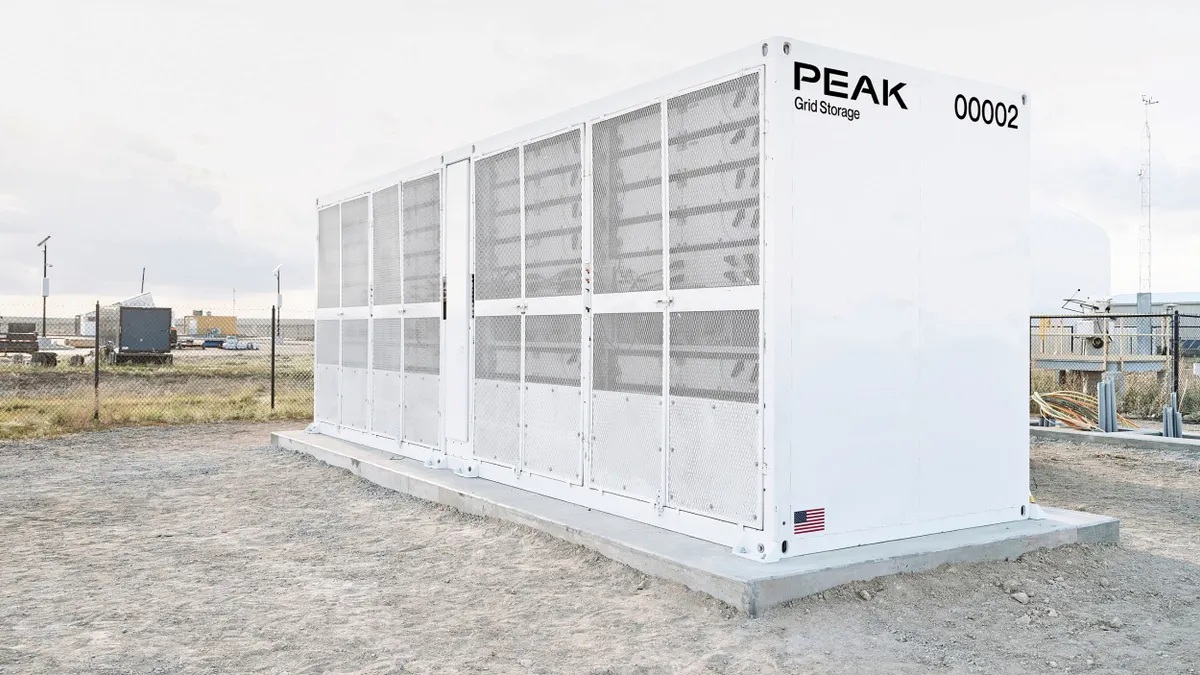Dive Brief:
- PJM Interconnection's wholesale electric energy, capacity and regulation markets are all functioning and producing competitive prices, according to a report from the grid operator's independent monitor.
- In the first three months of 2017, wholesale power prices were about 13% higher than in 2016, according to the 2017 Quarterly State of the Market Report, largely due to higher fuel costs.
- The report concluded that outside of high-demand times, energy prices in the market were typically set by units operating at, or close to, their short run marginal cost.
Dive Insight:
PJM energy markets are working, though higher prices early this year are largely tied to increases in fuel costs.
According to a new analysis, PJM's load-weighted average real-time locational marginal price was 13% higher in the first three months of this year, compared with early 2016. Prices averaged $30.28/MWh versus $26.80/MW in Q1 2016.
"Our analysis concludes that the results of the PJM Energy, Capacity and Regulation Markets in the first three months of 2017 were competitive," Independent Market Monitor Joseph Bowring said in a statement last week.
For gas-fired units, gas prices increased more than energy prices, resulting in lower energy market net revenues for a new combustion turbine and a new combined cycle plant, the most commonly built type of new unit in PJM. In the first three months of 2017, average energy market net revenues decreased by 66% for a new combustion turbine plant 29% for a new combined cycle plant.
For coal and nuclear plants, energy net revenues were higher because of higher energy prices, the report concluded. In the first three months of 2017, average energy market net revenues increased 17% for a new coal plant and 17% for a new nuclear plant.
Total energy uplift charges decreased by $13.9 million, from $39.5 million in the first three months of 2016, to $25.6 million. Congestion costs decreased by $134.2 million or almost 46%, from $292.2 million in the first three months of 2016 to $157.9 million in the first quarter of this year.
"Congestion is neither good nor bad, but is a direct measure of the extent to which there are multiple marginal generating units dispatched to serve load as a result of transmission constraints and the costs of operating those units," the PJM Monitor noted.
Payments to demand response resources in the capacity market decreased by $109.5 million or about 49%, while payments to demand resources in the economic program decreased by 38.4%.














